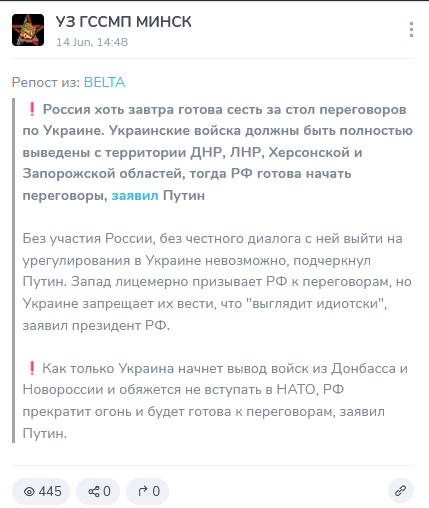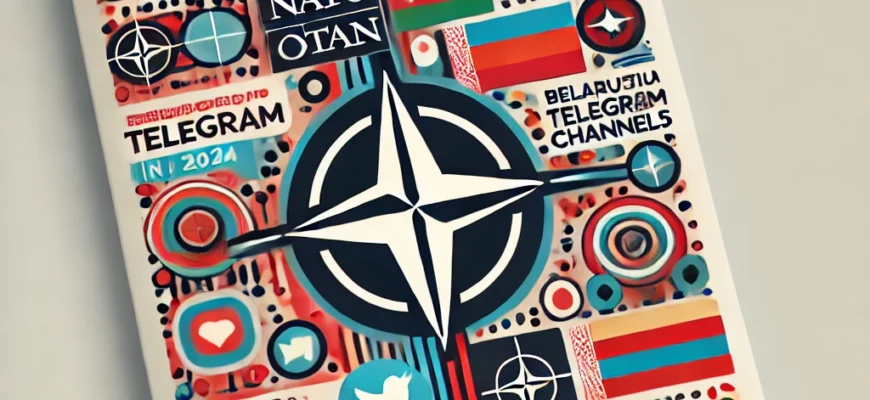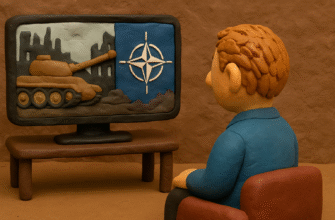Last week, the anniversary NATO summit dedicated to the Alliance’s 75th anniversary took place in Washington. This summit gathered leaders from all 32 NATO member countries, as well as representatives from partner states and the European Union, to discuss key security issues and strengthen international cooperation.
Key outcomes:
One of the main achievements of the summit was Sweden’s accession to the Alliance, highlighting NATO’s expansion and its ability to attract new members with strong democratic values and military capabilities (The White House).
The main focus of the summit was on strengthening defense and deterrence. Leaders reaffirmed their commitment to increasing defense spending, with 23 countries reaching the 2% of GDP expenditure level. This marks the largest growth in defense spending in decades. Measures were adopted to modernize defense systems, including the integration of new missile defense systems and enhanced cybersecurity (NATO) (NATO).
Discussions on supporting Ukraine in its struggle against Russian aggression were significant. NATO announced new support measures, including financial assistance of 40 billion euros and the establishment of logistical hubs on the Alliance’s eastern flank to coordinate military equipment supplies and training for Ukrainian soldiers. Ukrainian President Volodymyr Zelensky attended the summit and received assurances of continued support from NATO (NATO) (IEU Monitoring).
Additionally, global partnerships, especially with Indo-Pacific countries like Australia, Japan, New Zealand, and South Korea, were discussed. These partnerships aim to strengthen global security and counter the growing influence of China and Russia’s support for North Korea’s military programs (The White House).
The summit also included a series of ceremonial events and high-level meetings, emphasizing the unity and solidarity of the Alliance in the current global security environment (NATO).
Before the summit, research results were regularly published: NATO Audience Research

As shown by the results, the number of respondents who trust how the media covers Russia’s war against Ukraine decreased by 9%. This clearly demonstrates the effectiveness of Russian propaganda spreading disinformation narratives in various countries, including NATO countries.
In our previous publication, we concluded that Belarusian state propagandists constantly monitor NATO, emphasizing the need for continuous monitoring and analysis of disinformation narratives. Identifying and exposing these narratives is crucial to countering their impact. The data clearly indicates strategic efforts by Belarusian state channels to shape public opinion about NATO through disinformation.
With data from Oxylabs, you can see how the main news selection looks (2024-07-22) for the query “NATO” for Belarusian internet users in the country:

Two Belarusian state-owned media sources, even in the headline, allow for disinformation and manipulation, and one Russian news source that often publishes various kinds of disinformation.
How the NATO topic was covered in Belarusian Telegram channels in the first half of 2024. Using the TGStat statistics service, data was collected to plot the number of publications in Belarusian Telegram channels. The query included: NATO or NATO

There were 24,218 publications found.
In which channels were the most publications made:

These are all channels that only have negative and disinformative publications on the NATO topic.
To narrow the time period, publications from June 1, 2024, to July 10, 2024, were analyzed. Labels were assigned to 388 Belarusian Telegram channels for their sentiment of publications about the North Atlantic Alliance:

Dry numbers about the dataset: 5030 posts. Of these, 3670 posts with negative content, 80 posts with neutral content, and only 1269 with positive, 11 unmarked.
Negative posts gathered 23,426,926 views, neutral ones – 73,637 views, positive posts – 18,641,332, unmarked – 29,870.
Channels with a negative agenda make a very large number of publications, but since they generally have fewer subscribers, there is an almost comparable number of views.
Channels with a negative agenda sharply increased the number of publications on the days of the Washington summit.
It is worth noting that a countless number of Telegram channels of state enterprises and organizations have appeared, where various kinds of state propaganda and disinformation are reposted.

The abbreviation “UZ GSSMP MINSK” stands for Healthcare Institution “City Ambulance Station” Minsk
Or on the official channel of OJSC “MZKT”, a manufacturer of multifunctional tractors, a repost is made about the relatives of the editor-in-chief of the opposition news resource Charter97:

It can be assumed that the goal of a large number of channels with a small number of subscribers is to form a pro-state information space.
Conclusions:
- Media coverage and propaganda analysis: The number of respondents who trust how the media covers Russia’s war against Ukraine decreased by 9%. This shows the effectiveness of Russian propaganda in various countries, including NATO countries. Regular monitoring and analysis of disinformation narratives are necessary to counter their influence. It is important to strengthen efforts to expose disinformation, identify key channels, and sources of propaganda.
- Activation of positive content: Channels with a positive agenda should pay more attention to the NATO topic, regularly publish materials, and maintain active communication with NATO Press and Media Service. Maintaining active engagement with the audience through publications, debunking disinformation, and promoting facts about NATO’s activities.
- Strategy to combat disinformation: There are Telegram channels that purposefully spread disinformation about NATO. It is worth noting that many channels with a small number of subscribers have appeared, forming a pro-state information space. Strategies need to be developed to reduce the influence of these channels, including educational work and the creation of counter-narratives.
- Recommendations for increasing awareness: Conduct regular research and surveys to assess the level of public trust in various media sources and identify trends in the spread of disinformation. Increase the number of educational programs and materials to improve the media literacy of the population, which will help better recognize disinformation and propaganda.
These conclusions and recommendations will help more effectively counter disinformation and strengthen NATO’s position in the information space of Belarus and other countries.









